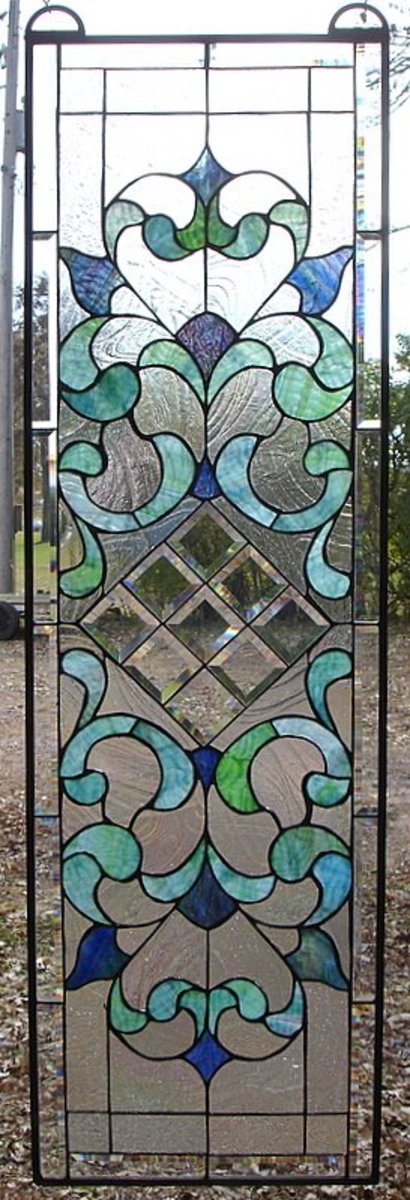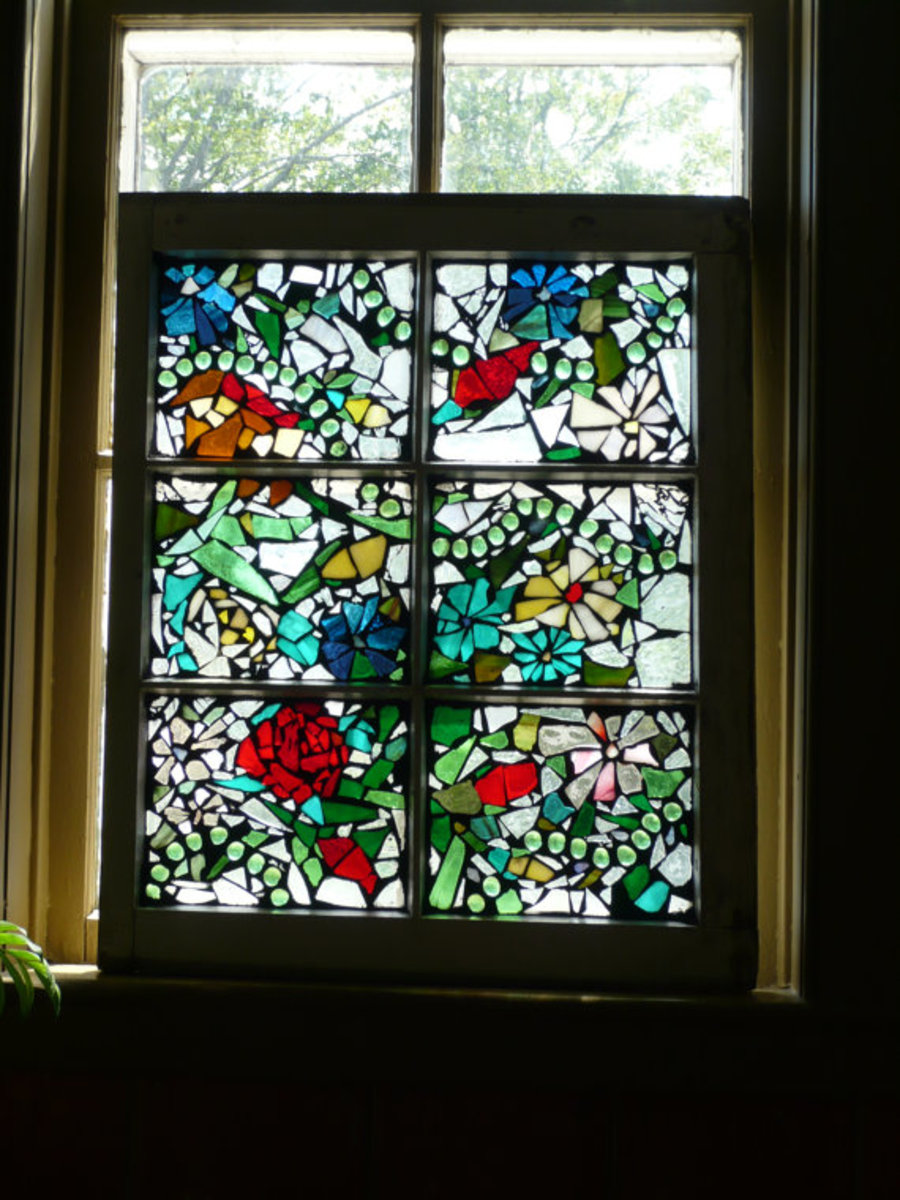Blow it out Your Glass


Crown Method
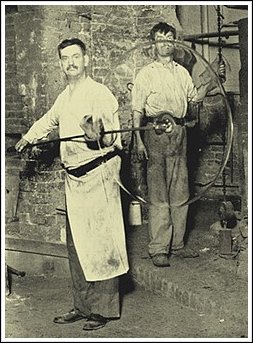
As with many things we take for granted today, their discovery came about quite by accident. Even the North American continent was “discovered” by accident. So was the art of making glass. According to legend, Roman seaman cooking on a beach set their pots on top of some soda stones which they used for embalming. When the stones heated the sand beneath them, molten glass was formed.
Sand, soda, and a lot of heat equals glass. As time went on the use of lime was also added to the formula. The raw materials for making glass consist mainly of sand. But the presence of iron in it causes the glass to be greenish in color. For this reason sand of exceptional purity, white sand, is usually sought.
While this first century account may be true, many historians believe glass was being produced in Mesopotamia nearly twenty-five hundred years earlier. It’s even referred to in the Old Testament as being more precious than gold. “The gold and the crystal cannot equal it: and the exchange of it shall not be for jewels of fine gold.” - Job 28:17
The discovery eventually reached Egypt where a method called core-forming was introduced. A shaped core was made of clay and dung. Artisans then enveloped the core in molten glass and shaped it by rolling it across a smooth surface. It was around the end of the 1st century BC, glass blowing techniques evolved. As the Roman Empire expanded, glass blowing spread with it. However, with the fall of the Roman Empire during the 4th & 5th centuries AD, the craft suffered a major decline in Europe.

Cylinder Method
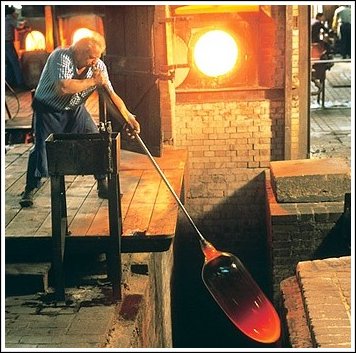
Drawn Cylinder Method
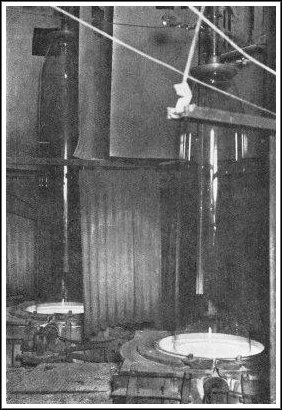
One might assume the creation of window panes came about much later, but they’d be wrong. The manufacturing of window glass also began just before the turn of the first century AD. Again, it was the Romans who receive credit. They were the first to use glass for windows. Cast glass windows began to appear in Alexandria around 100 CE, although the quality was poor. They were also expensive, therefore only the wealthy could afford them. In contrast, paper windows were economical and widely used by ancient Chinese, Koreans and Japanese. It wasn’t until the early 1600s glass windows became commonplace in English homes.
But prior to that, during the 7th - 8th century, Crown glass was being made in Europe. The process for blowing Crown glass begins with a ball of semi-molten glass on the end of a blowpipe, opened outwards resembling a crown, hence its name. The molten ball is transferred from the blowpipe to a special rod and flattened into a disc-shape by reheating and spinning. However this process severely limited the size of sheet glass which could be produced. Often, panes had to be joined together with lead strips to create windows.
In the 11th century, the mouth blown cylinder technique of making sheet glass for windows was developed in Germany and later adopted by the Venetians. It was about this time stained glass windows for cathedrals and monasteries in Europe also came into wide spread use. Both cylinder and Crown glass are typically the two types of window glass found in historical structures in the United States.
Cylinder glass also begins as a ball of molten glass on the end of a blowpipe. But this method involves alternately blowing the glass and swinging it in a deep pit. The swinging action causes the hollow glass tube to elongate until a desired length and diameter are reached. Once cooled, the ends of the "pod" are cut to form a cylinder, which is then cut down its length, reheated and flattened. The glass industry did not come into its own in Europe until the end of the 13th Century, when Venice became a major glass making center.
However, it was to be about another 200 years before Englishman George Ravenscroft made the discovery of Lead Crystal. In 1676 he found by adding lead to the glass a more brilliant sparkle could be produced. Lead Crystal, due to the soft properties of lead, also made it easier to cut.
In 1903 the first mechanical means for making window glass was developed in the United States. It was similar to the process for making cylinder glass, except now larger cylinders measuring up to forty feet in height could be drawn vertically from a circular tank. And just as with the mouth blown method, the drawn cylinder glass was cut lengthwise, reheated and flattened.
Following the Industrial Revolution, more advanced techniques were developed. However, some of the early processes for making window glass are still employed in Europe today to attain the original “wavy” look and feel of antique window glass.




